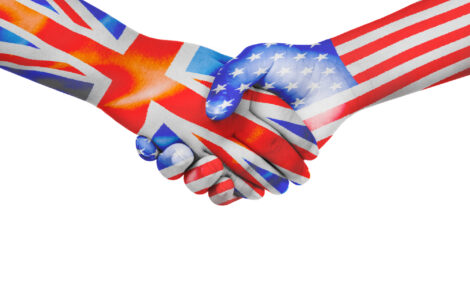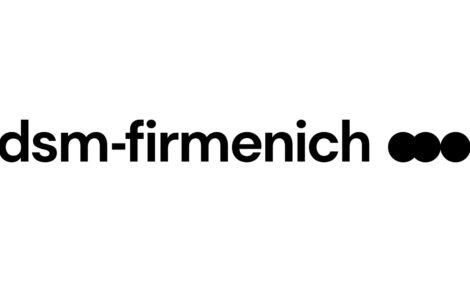



Russian Poultry Production Sees Consistent Growth
RUSSIA - Russian poultry production is forecast to grow even faster than expected in 2005 as the quota and high prices on other meats support significant producer investment.Executive Summary
Moreover, trouble in administering the poultry quota in the first quarter will again lead to less than full quota fill in 2005. However, the high domestic prices on meat will likely also benefit imported poultry and keep demand for imports strong.
Production
Russia’s poultry production forecast for 2005 was raised by three percent, to 725,000 MT, compared to the previous report. Poultry production grew thanks to steady investment in production and processing facilitates, the rising price of competing meats, and continued introduction of new, processed poultry products. The production forecast for turkey remains same as in the previous report, 17,000 MT.
Growing Strength of State Unitary Enterprises
Russian poultry producers are mostly represented by facilities of two types of ownership – privately owned and “the State Unitary Enterprises” (SUEs). Being partially or wholly financed by local/regional governments, SUEs promote even stronger state support of domestic producers, including direct subsidization, lowering prices on fuel and electricity, and further restricting imports. They receive preferences from the local governments including lower taxes, limiting competing products from other regions, low-interest loans, and direct investment. Generally these establishments are less efficient than privately owned companies, but represent a growing voice in the industry.
Feed supplies
Total feed supplies were lower in 2004 in comparison with 2003, but decreasing cattle numbers kept this situation from becoming a crisis. The feed efficiency and purchasing power of Russian poultry producers continues to confer it short-term allocation advantages over other domestic meat sectors.
National/religious types of poultry products
Russia’s poultry producers are beginning to diversify poultry production in order to attract more customers. Recently, producers introduced both halal and kosher poultry production methods.
Consumption
Poultry meat consumption by the Russian customers is increasing, though remains depressed
due to the import quota. Stable poultry imports in the second half of 2004, growth of
domestic production, and the increased gap between poultry and red meat prices has
positively influenced consumption of poultry products. Unless there are significant changes
in the industry structure or import regime, we expect that poultry production will continue to
enjoy the top position as the area for new domestic production growth and investment.
Trade
The problems administering the 2004 quota and disease outbreaks dominated the trade of poultry products in 2004 and may be a factor again in 2005. As of January 27, the Russian Federation had not published all the official resolutions for the 2005 quota to start. Thus, for the second year in a row, the Russian poultry quota will be significantly less than the full 12 months. However, the 2005 import forecast was increased slightly because the high prices for other meats should be beneficial to both domestic and imported poultry. For additional information on trade issues, see GAIN reports RS4057, RS4068, and RS5002.
Policy
On January 11, the Russian Government published the resolutions that renew the poultry
quota and beef and pork tariff rate quotas (TRQs) for 2005. The poultry quota remains in
place for 2005 and its volume will be 1.05 million metric tons (MMT), of which the United
States is allotted 771,900 MT. The poultry quota was unchanged in terms of overall volume,
country allocation, and administration. Please see GAIN report RS5002 for a full translation
of the resolution.
Russian trade policy in general had a significant impact on the poultry and meat markets
during 2004. For complete details, reference GAIN report RS4068.
Future of Market Protection
The future of protection for the poultry industry is going to be the largest area of debate in
2005. The current quota ends in April 2006 and the industry is already devising ways to try
to influence the government’s future actions in prolonging some form of protection. Unlike
the beef and pork tariff rate quotas, the poultry quota is a quota based on a safeguard
investigation. As such, Russian law provides for only a limited extension if the industry can
successfully claim injury from imports. As additional injury from imports seems an unlikely
case for such a prospering business, many industry leaders are looking at the two-tier TRQ
structure used for beef and pork as a way to continue protection. These TRQs were merely
legislated and not based on more formal protective measures resulting from safeguard or
antidumping cases. Based on news reports and industry discussions, the poultry industry is
likely to push the Russian Government to convert the quota into a TRQ after its three-year
mandated period of protection expires. At this point, the government has discussed this
issue publicly.
However, at an annual press conference in the Kremlin on December 23, President Vladimir
Putin said that care needs to be taken in approaching import quotas. He noted the increase in
consumer prices in the second half of 2004, especially for meat and gasoline. “This is a
worry,” he said. He acknowledged that introducing quotas for poultry imports has led to
modern poultry farms and while, “this is a pro, the people (consumers) have paid for it.” He
stated that the government will continue to support and protect domestic producers from the
expansion of imports, but will do so in a way that the “consumer does not suffer.” Support
will be provided with market methods, including cheap loans and aid in resolving
administrative issues, such as taxation.
Further Information
To read the full report, please click here (PDF)
Source: USDA, Foreign Agricultural Service - 28th January 2005








